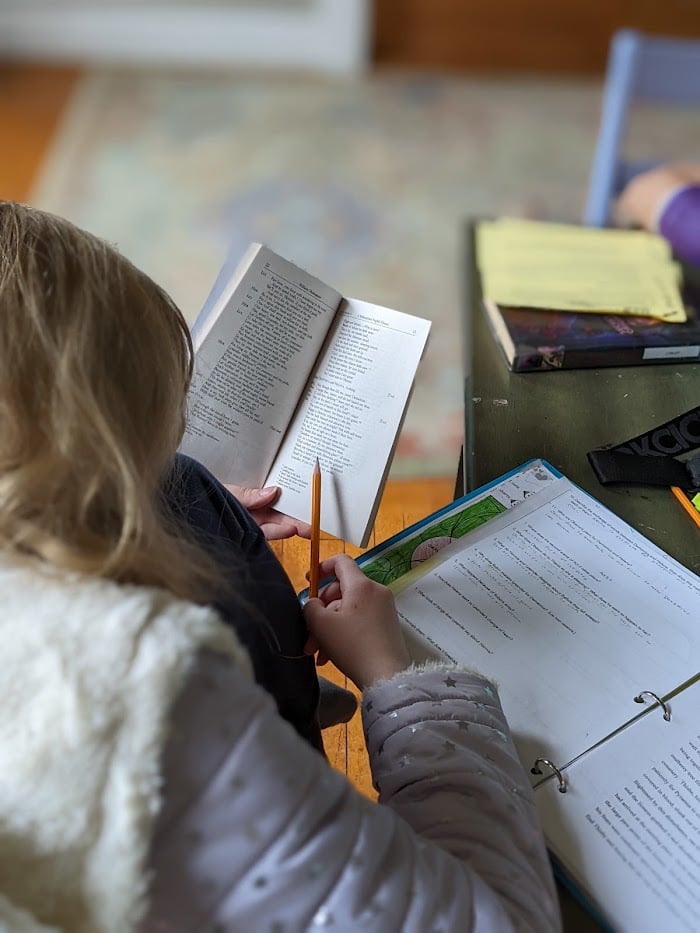Jordan Lake School of the Arts
ENVIRONMENT
INTEGRATED ORGANIC LEARNING
Units are integrated to benefit students through repetition without redundancy and a multifaceted presentations of concepts. Our unit themes are mastered through coursework and our arts program working to enhance learning. We also know that children learn through guided action and opportunities to learn organically through experiences.
INDIVIDUALIZED LEARNING STYLE
Students at JLSA benefit from an approach that recognizes their individualized learning style and need for multi -sensory learning opportunities. The physical environment is crafted specifically to enhance learning and the access to daily time in nature positively impacts students’ sensory systems and neurological development. Developing and following a dynamic individualized approach for each student, acknowledges that different children learn at different paces and in different ways. By taking the time to craft a unique working approach for each JLSA student that incorporates their strengths and appropriate accommodations in learning style, better progress can be made. Teachers meet daily and remain flexible accounting for the many changes and variances of life, and students’ ever changing needs and growth. Add to this a mixed age classroom that matches students by skill and learning level rather than age, and a optimal learning environment is created.
MULTI-AGED CLASSROOMS
Research proves that children excel in mixed age classrooms. It offers each child a chance to be a leader and follower. Children are never held back in areas of great strength and yet always have support in areas where they need it. It also allows older children to act in as role models for desirable reasons. In a school where academic and emotional intelligence is highly regarded, all children grow from this grouping.
HANDS-ON & EXPERIENTIAL LEARNING
Hands on projects use the principle of multi-sensory learning, combining visual, tactile, and verbal stimuli to teach new skills and concepts, appealing to various styles of student processing. For example, experiential learning science projects aid in the comprehension of complex concepts in both science and mathematics, bringing them to life for the visual learner. Model building, painting, or drawing projects can bring academic concepts and social skills growth firmly into focus.


